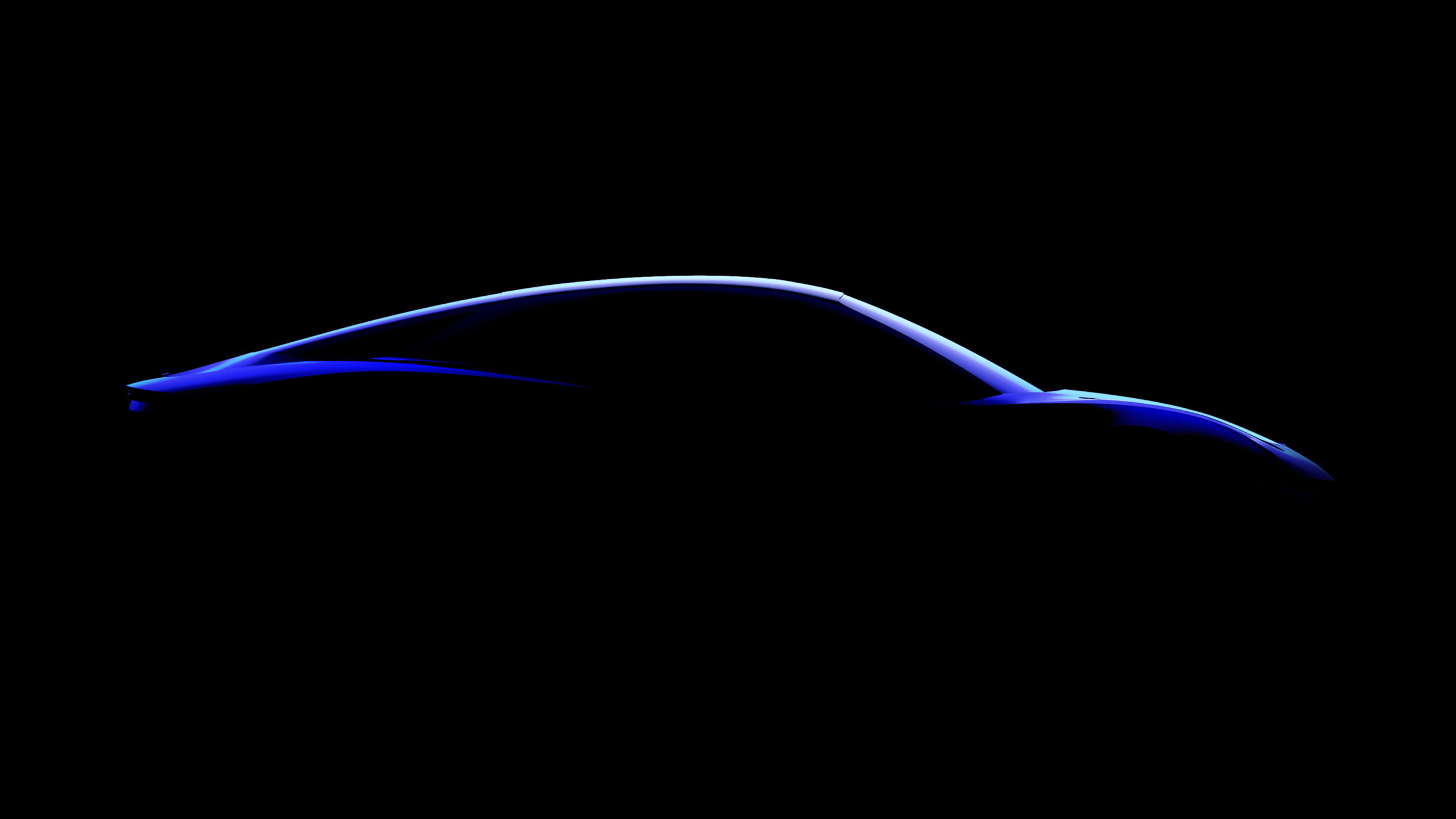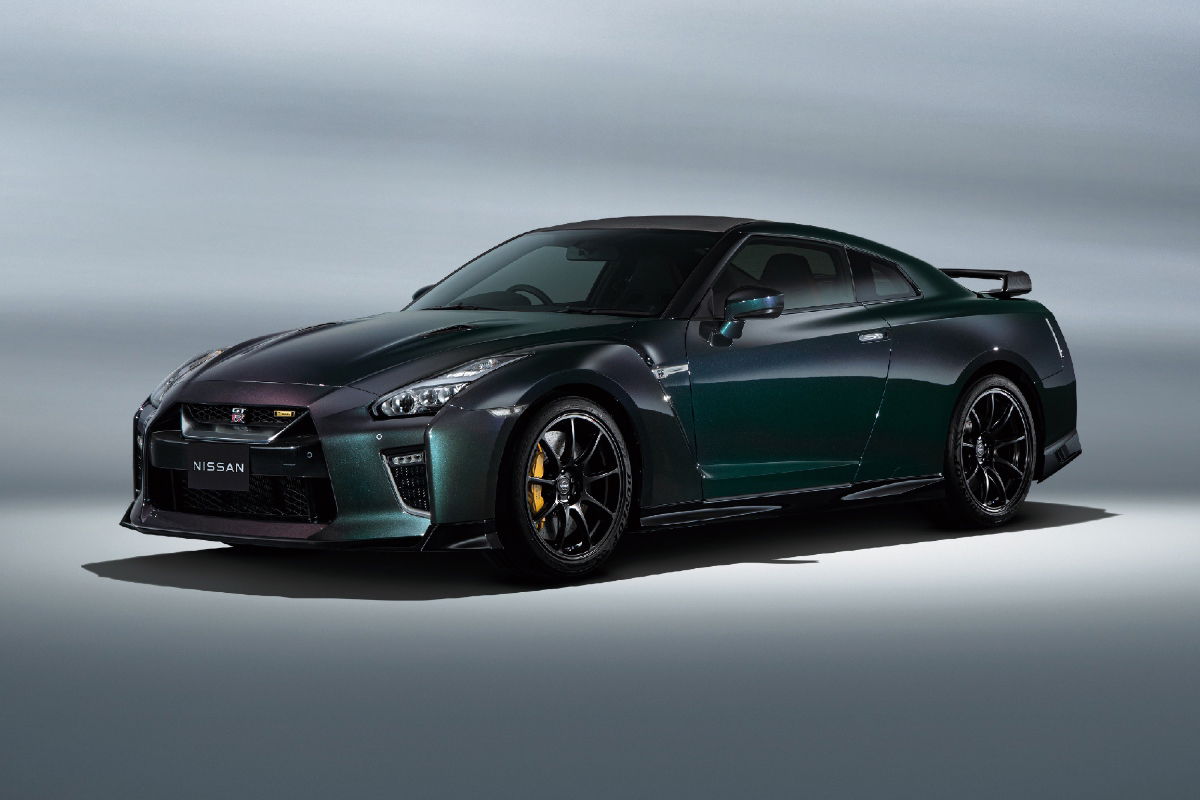
The Nissan GT-R and Alpine A110 have joined the Lexus RC coupe as victims of a new safety requirement for Australian cars that has claimed the acclaimed sports cars.
Australian Design Rules (ADR) are set to change in November, the new regulations would require cars approved prior to November 2017 to undergo a new side-impact crash test. Given the models in question sell in small volumes – Alpine has sold only nine A110 in 2021 and Nissan only 19 GT-R – it isn’t cost-competitive to continue selling the cars here.
Nissan said in a statement that the new regulation means no more GT-R will arrive after the end of October: “Due to the implementation of Australia’s unique pole side impact design rules (ADR 85), the Nissan GT-R will not be imported into the Australian market after October 31, 2021. Note that this regulation does not apply to existing models in other markets.”
Nissan is expected to introduce a final special edition – likely based on the just-released Japanese-market T-Spec models – but that is yet to be confirmed. Even though that may seem a short window of time, as long as it’s ADR certified by the end of Novemeber Nissan will be able to sell it locally until supply is exhausted.

However, that doesn’t mean some, or all three, will be back. Both Nissan and Alpine have announced plans to replace the current GT-R and A110, and these new models will likely meet the updated ADR rules by the time they arrive.
The current ‘R35’ GT-R is set to live on in international markets for at least another year, with no definitive timeline for its replacement. Importantly though, Nissan president and CEO Makoto Uchida announced in May 2020 that the GT-R would get a successor as the brand values its “passionate” models that add “Nissan-ness” to the brand and its image.
There have been countless rumours about the ‘R36’ GT-R but there have been some common ones that point to the direction the brand will take. For starters, it’s tipped to launch in 2023, although that was before the global pandemic delayed many carmaker’s plans.
READ MORE: Nissan planning new hybrid GT-R
The biggest speculation has been centred around what will be under its bonnet. A 2020 report claimed Nissan is, or was, considering using the kinetic energy recovery system (KERS) from the brand’s ill-fated Le Mans GT-R to create a petrol-electric sports car that could meet future emissions regulations. However, more recent reports indicate the brand’s widespread adoption of its hybrid ‘e-power’ systems in its range of passenger cars and SUVs may allow the GT-R to stick with petrol-power alone.
In that case, it would seem likely that Nissan would follow the path laid down by the new Z and simply update the ‘R35’ and its 3.8-litre twin-turbo V6.

Alpine, meanwhile, has no such plans to recycle elements of the current A110, instead it will become an all-electric sports car. The French brand has agreed to partner with British brand Lotus to co-develop a new electric sports car platform – dubbed the E-Sports architecture.
READ MORE: How Alpine plans to become an electric performance brand
While Alpine has been coy on what we can expect from the A110 replacement, aside from a shadowy silhouette teaser image, Lotus boss Matt Windle said the new EV will be as exciting to drive as a petrol-powered sports car.
“The E-Sports architecture will be flexible and modular, and will generate an exciting new sports car for the Lotus brand, with contemporary styling, class-leading ride and handling, explosive performance and that unmistakable Lotus character – a pure dynamic experience that is ‘For the Drivers’,” Windle said. “I have challenged our teams to target the same weight as our latest combustion engine sports cars.”












Discussion about this post